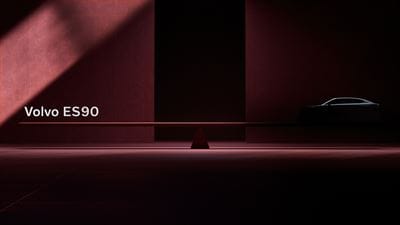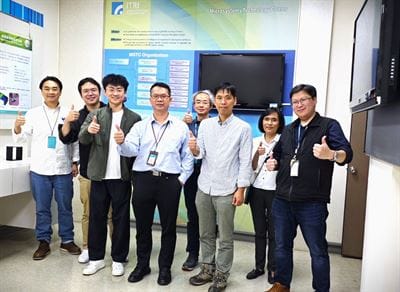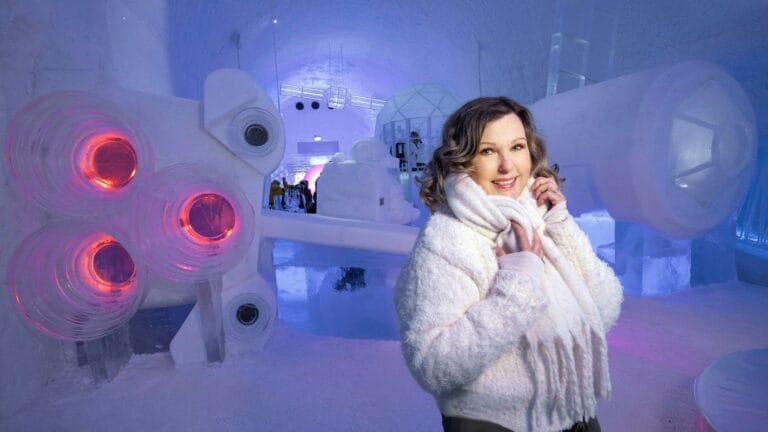German industry slows down unexpectedly sharply.
Cryogenic Freezing Extends Food Shelf Life
Updated: March 18, 2025, 14:26 Published: March 4, 2025, 10:00
Rapid freezing of food using cryogenic technology, which utilizes the low temperature of liquid nitrogen (-196º C), offers numerous advantages, including preserving the product’s appearance, texture, and flavor while extending its shelf life.
“Cryogenic freezing is by far the best method for freezing food,” says Peter Jansson at Linde Gas, which provides complete solutions for cryogenic freezing.
The majority of industrial food freezing in Sweden is done using conventional technology, in freezer rooms and other freezing equipment, where compressor systems with ammonia produce the cold, typically operating at -18 to -40 degrees. Linde Gas offers solutions in so-called cryogenic freezing.
“With our technology, liquid nitrogen is sprayed over the product while fans blow the cold gas towards it. This allows us to easily reach -100ºC and achieve rapid and efficient freezing,” explains Peter Jansson, Head of Business Development Bulk & Onsite.
Linde Gas Offers Various Technical Solutions
A common perception is that cryogenic freezing is more expensive than conventional freezing. However, when considering preserved product quality, low weight loss, and the capacity that a compact cryogenic freezer provides in a small footprint, it is often the best solution.
“Weight loss is an important factor when working with food freezing. Slow freezing dries out the product and also reduces the amount of product that can be sold and paid for,” he explains.
Linde has a broad product program for cryogenic freezing with continuous freezers; tunnel and spiral freezers for in-line production and batch freezers. The choice of freezer depends on the production method, the product’s characteristics, the desired outgoing temperature of the product, and freezing capacity.
A Flexible Offering
The system for cryogenic freezing is relatively simple; a nitrogen tank is installed outside, and pipes are run to the freezer. Since the consumable in cryogenic freezing is liquid nitrogen, no compressors or cooling media are needed. The nitrogen tank is continuously monitored and refilled as needed. Linde Gas both sells and leases freezing equipment, handles installation and commissioning, as well as ongoing maintenance.
“If you choose the leasing option, the customer gets the highest possible flexibility and the lowest risk. You can start with a freezer with a certain capacity, and as production increases, you can easily replace it with a larger one. The customer also has no investment threshold,” says Peter Jansson, and concludes:
“If you as a food producer are curious about our technology, you are welcome to come and test cooling and freezing of your products at the Linde Nordic Food Center in Helsingborg.”
About Linde Gas:
Linde Gas is a world-leading gas and engineering company with operations in over 100 countries and approximately 80,000 employees globally. Its mission is to make the world more productive by providing high-quality solutions with gas, technology, and services that make customers more successful and sustainable and that contribute to preserving and protecting our planet.
The article is produced by Brand Studio in collaboration with Linde Gas.
Enjoyed this post by Thibault Helle? Subscribe for more insights and updates straight from the source.






